Hosta plants, also known as Funkies, are an excellent choice for enhancing the beauty of any outdoor space or indoor setting. Not only do they provide a visual appeal, but they also offer numerous advantages to the surrounding environment. These plants feature vibrant green leaves, magnificent blossoms, and are incredibly low-maintenance, which makes them highly favored by those who love gardening.

Hostas are incredibly versatile and hassle-free plants, boasting a wide range of options for cultivation. With more than 40 species and over 3,000 registered variations, they offer an extensive selection. The primary distinguishing factor between Hostas and Funkies lies in their scientific categorization. Hostas are classified under the Hostaceae family, while Funkies are categorized under the Asparagaceae family. Nevertheless, both plants share similar care requirements and possess comparable qualities that have garnered them popularity among gardening enthusiasts.
| Characteristic | Description |
| Common Name | Hosta or Funkies |
| Scientific Name | Hostaceae family |
| Number of Species | Over 40 |
| Number of Cultivars | Over 3,000 |
| Foliage Color | Light to dark green, variegated with yellow, white, or cream-colored margins |
| Flower Color | White to purple |
| Fragrance | Typically fragrant |
| Evergreen | Some varieties |
| Bloom Time | Mid-summer |
| Sun Tolerance | Shade preferred, some varieties can tolerate more sun |
| Soil Requirements | Well-drained, rich in organic matter |
| Pruning | Early spring before new growth appears |
| Propagation | Division of root ball in early spring or fall |
| Overwintering | Mulch soil around plant to maintain moisture and protect from frost |
Exploring Hosta Types and Differences
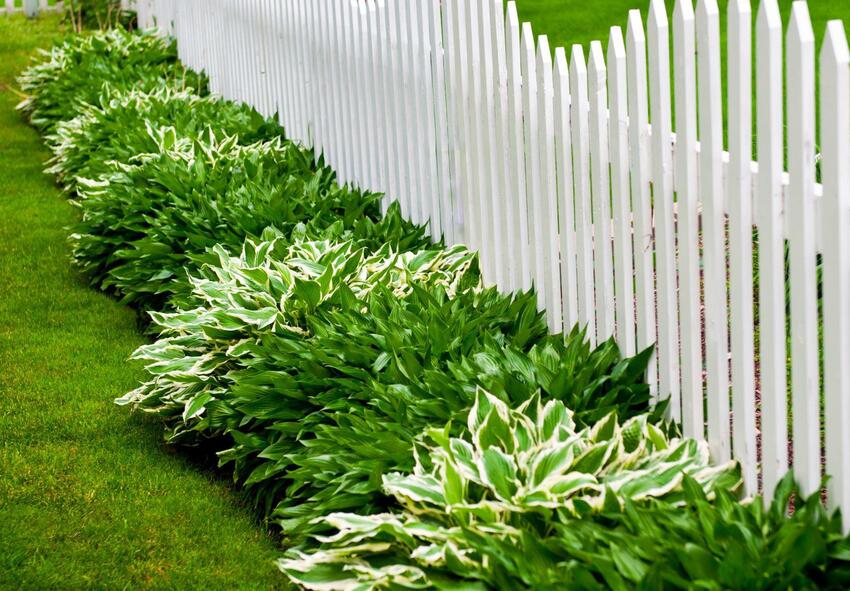
Hosta plants offer an extensive range of options, encompassing a diverse assortment of sizes, colors, shapes, and patterns. The foliage of Hostas exhibits a spectrum of shades, spanning from light-green to dark-green, while certain varieties showcase variegated leaves adorned with yellow, white, or cream-colored borders. The flowers of Hostas display a delightful array of colors, ranging from white to purple, often emitting a pleasant fragrance. Additionally, Hostas encompass evergreen and semi-evergreen variations, which gracefully retain their foliage throughout the year.
Hostas present a myriad of hybrid options, each possessing distinct characteristics that contribute to their popularity. Examples of sought-after Hosta hybrids include ‘Blue Angel,’ ‘Sum and Substance,’ ‘Guacamole,’ and ‘June.’ These hybrids exhibit unique attributes, such as captivating blue-green foliage or large blossoms, which have captured the attention of avid gardeners.
Planting Hosta
Hostas exhibit remarkable resilience and can flourish in a wide array of climate zones. For optimal growth, it is advisable to plant Hostas during the early stages of spring or fall, when the soil retains moisture and the weather tends to be cooler. When embarking on the planting process, it is crucial to carefully select a suitable location. Hostas thrive in shaded areas as excessive exposure to direct sunlight may harm their delicate leaves. Furthermore, they necessitate well-drained soil that is rich in organic matter.
To prepare the soil prior to planting Hostas, enrich it by incorporating compost or organic matter, thus enhancing both its fertility and drainage capabilities. Dig a hole that is twice the size of the root ball and ensure that the Hosta is planted at the same depth it was previously situated in. After planting, thoroughly water the plant to ensure that the soil remains adequately moistened.
Hosta Care Guide
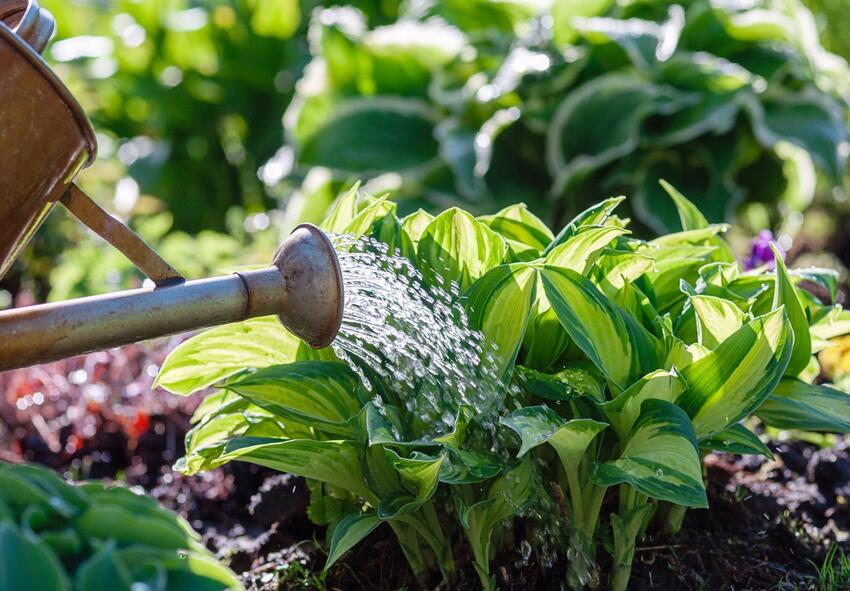
The Hosta Care Guide provides detailed information on the characteristics, types, planting, care, and maintenance of Hosta plants. It includes essential supplies and resources needed for planting Hostas, as well as frequently asked questions about these popular plants. Whether you’re a beginner gardener or an experienced one, this guide has everything you need to know to grow and care for Hostas successfully.
Pruning Hosta
Taking care of hostas involves several steps, and pruning is one of the most important. Pruning not only helps to maintain the plant’s shape and remove dead foliage, but it also helps to prevent diseases that can harm the plant. While pruning can be done at any time of the year, the best time to prune Hostas is in early spring before new growth appears. When pruning Hostas, it’s important to use a sharp pair of scissors or pruning shears and to cut the leaves at the base. By doing so, you can promote healthy growth and ensure that your Hostas thrive throughout the growing season.
Propagating Hosta
The process of propagating Hostas is relatively uncomplicated, but it’s important to consider a few factors to ensure successful results. Choosing the appropriate time of year is crucial, as dividing the root ball during the plant’s dormant phase in early spring or fall, as mentioned earlier, yields the best outcomes. However, in regions with hot or dry climates, it may be advisable to wait until the weather cools down before attempting to propagate your Hostas.
Once you’ve determined the ideal time to divide your Hostas, proper preparation of the plant is necessary. This involves carefully excavating the entire plant and separating the root ball into smaller sections. To avoid damaging the roots, it’s essential to use a sharp, clean knife or garden shears for the division process. After dividing the root ball, you can proceed to replant the sections in a desired location. Select an area with well-drained soil and ample sunlight for the best growth conditions.
While propagating Hostas is generally straightforward, it’s important to be aware of potential challenges. If you’re new to dividing plants, you may need some practice to become proficient in the process. Additionally, Hostas are prone to damage from slugs and snails, so taking preventive measures to protect your new plants is advisable. With patience and attentive care, propagating Hostas can be a rewarding and enjoyable experience in gardening.
Overwintering Hosta
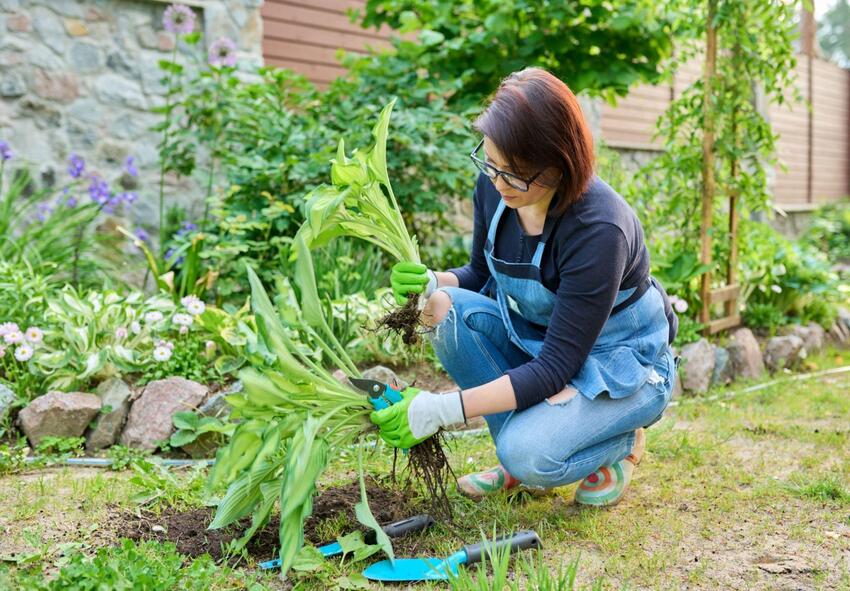
Hostas have gained popularity among gardeners for their remarkable resilience, allowing them to endure even the most severe winter conditions. While they are generally low-maintenance plants, it is crucial to take extra precautions during the winter months to ensure their survival until spring arrives. Protecting them from frost and excessive moisture is of utmost importance, as these can cause harm to both the leaves and roots. One effective method for overwintering Hostas involves the application of a layer of mulch around the base of the plants. This helps retain moisture in the soil and shields the roots from the harsh winter temperatures. Furthermore, pruning the plants before winter sets in is essential to eliminate any dead or damaged leaves, which can become breeding grounds for pests and diseases. By adhering to these straightforward steps, you can safeguard the well-being of your Hostas throughout the winter and witness their flourishing return in the spring.
Bloom Time of Hosta
Hostas are a type of perennial plant that are usually grown for their attractive foliage. They are native to Asia and are commonly found in gardens throughout the world. Hostas are known for their ability to thrive in shady areas and are often used as ground cover in areas where other plants struggle to grow.
In addition to their beautiful foliage, hostas also produce lovely flowers in mid-summer. These flowers come in a variety of colors, including white, lavender, and pink, and can be quite large depending on the variety. Not only are the flowers beautiful to look at, but they are also fragrant and attract hummingbirds and butterflies to the garden.
Overall, hostas are a wonderful addition to any garden. With their attractive foliage, lovely flowers, and ability to thrive in shady areas, they are a versatile and easy-to-care-for plant that will provide beauty and interest throughout the growing season.
Essential Supplies and Resources for planting hostas
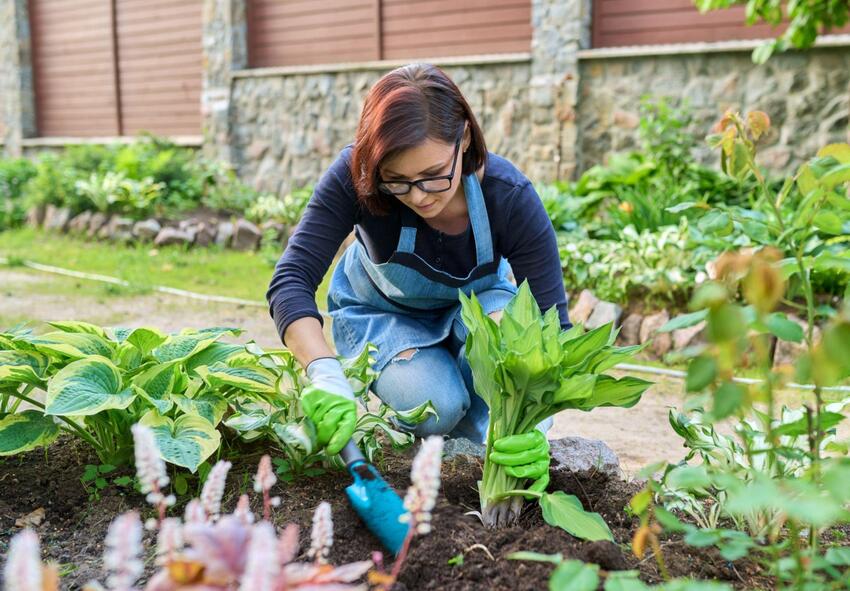
When preparing to plant Hostas, it is essential to gather the necessary supplies that will facilitate their growth and flourishing. These supplies include:
- Garden gloves: Wearing gloves will protect your hands from potential cuts or injuries while working in the garden.
- Trowel: A trowel is a small handheld tool that proves invaluable for digging holes and maneuvering soil. You will need it to dig individual holes for each Hosta plant, ensuring that the soil is loose and well-aerated.
- Compost or organic matter: Mixing compost or organic matter into the soil prior to planting Hostas is crucial. This enriches the soil, providing the plants with essential nutrients for optimal growth and vitality.
- Mulch: Applying a layer of mulch around the Hosta plants is highly beneficial. Mulch helps retain moisture in the soil and maintains a cool temperature, which is conducive to healthy growth.
Selecting the right location for your Hostas is equally important. These plants thrive in shady and moist areas, so it is vital to choose a spot in your garden that receives partial to full shade throughout the day. Additionally, ensure that the soil in the chosen location is well-draining and not excessively compacted. By following these steps and ensuring you have all the necessary supplies, you can successfully plant and cultivate thriving Hostas in your garden.
Where to buy hostas for planting
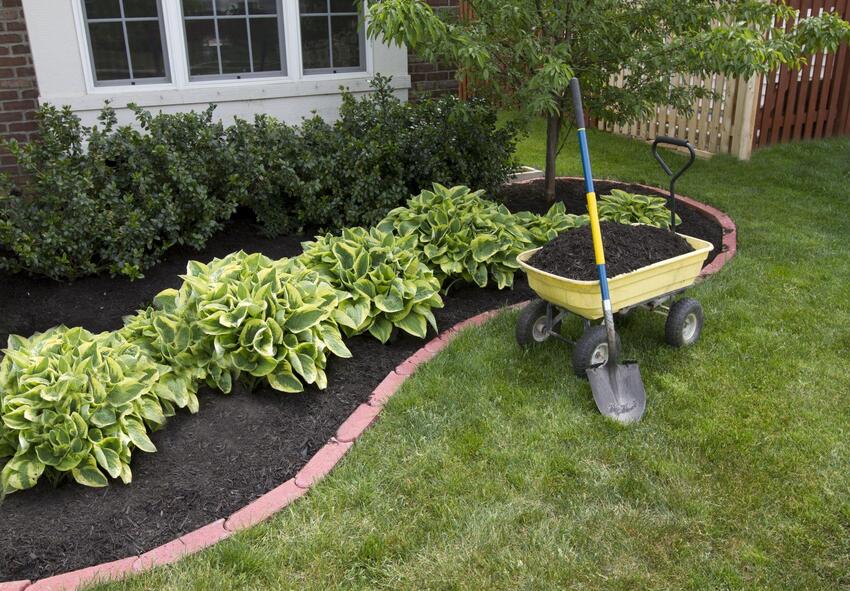
Hostas can be conveniently purchased from reputable suppliers at garden centers, nurseries, and online stores. When making a purchase, it is advisable to select a trustworthy supplier and ensure that the plants are in good health and free from disease.
These versatile plants can be utilized in a range of garden designs, such as rock gardens, borders, and container gardens. When planning your garden layout, consider using Hostas as a backdrop for other plants, as their lush green foliage serves as an attractive and vibrant background.
While Hostas offer numerous benefits, it is important to be aware of potential diseases they may be susceptible to, such as crown rot and leaf spot. Regular monitoring of plant health and the implementation of preventive measures to control disease spread are essential.
To prevent diseases, it is crucial to choose Hosta varieties that are suitable for your specific location and climate. While Hostas generally prefer shaded areas, some varieties can tolerate more sunlight. Additionally, ensure that the Hostas are planted in well-drained soil enriched with organic matter. Adequate watering is necessary, but avoid overwatering, as it can lead to root rot.
It is worth noting that Hostas are non-toxic to both humans and pets, making them a safe addition to any garden. However, it is still important to select appropriate plant varieties that are well-suited to your location and climate conditions.
In conclusion, Hostas are an excellent choice for individuals seeking to enhance the beauty of their garden or home interior. With proper care and maintenance, these resilient plants can thrive for many years, offering aesthetic appeal and environmental benefits. Their ease of cultivation and minimal care requirements make them particularly suitable for novice gardeners or those seeking low-maintenance plant options. With a wide range of varieties, hybrids, and colors available, Hostas can complement diverse garden designs.
Frequently Asked Questions (FAQs) about Hostas
1. What are Hostas, and why are they popular in gardens?
Hostas are perennial plants renowned for their lush foliage and striking appearance. They are prized in gardens for their vibrant, often variegated leaves that come in various shades of green, white, and blue. Hostas are popular for their adaptability to different growing conditions and their ability to thrive in shade, making them a favorite choice for gardeners looking to add texture and color to their shaded areas.
2. How do I care for Hostas?
Hostas are relatively low-maintenance plants. They thrive in well-drained soil with consistent moisture, and they benefit from a layer of mulch to retain moisture and control weeds. Fertilize them in the spring, prune dead or damaged leaves, and be vigilant about slug control, which can be a common issue. Additionally, dividing mature Hostas every few years can help rejuvenate the plants and prevent overcrowding.
3. When is the best time to plant Hostas?
The ideal time to plant Hostas is in the spring or fall when the weather is cooler and there’s ample moisture. This allows the roots to establish before the heat of summer or the harshness of winter. When planting, ensure you dig a hole deep enough to accommodate the root ball, and space the Hostas according to their mature size to prevent overcrowding as they grow.
4. Can I order Hosta plants from your online store?
We are pleased to offer a variety of Hosta plants for sale. Our selection includes different Hosta cultivars, each with its unique foliage and characteristics. You can browse our online store to explore the options, and with a few clicks, you can have Hosta plants delivered to your doorstep. We take pride in providing healthy, well-cared-for plants that will thrive in your garden.
5. How do I prune Dutch Hostas, and when should I do it?
Pruning Hostas is a straightforward process. You can remove dead or damaged leaves at any time during the growing season to keep the plant looking its best. Some gardeners prefer to cut back the entire plant in late fall after the foliage has died back, while others wait until early spring just before new growth starts. Pruning is not necessary for the plant’s health but can help improve its overall appearance.
Published: 09.06.2023
